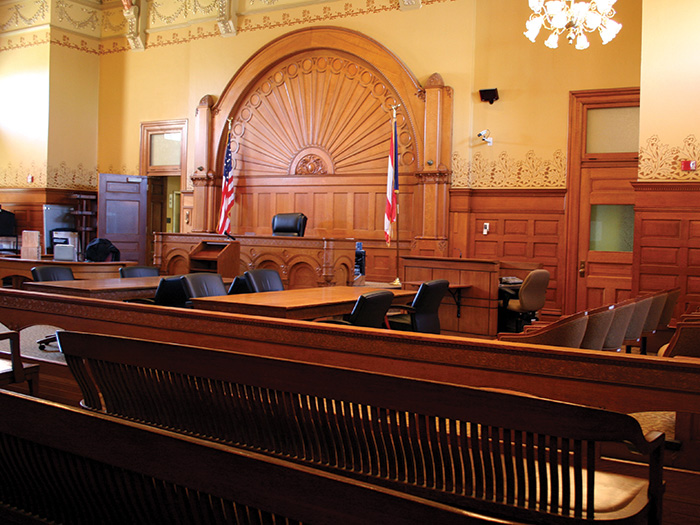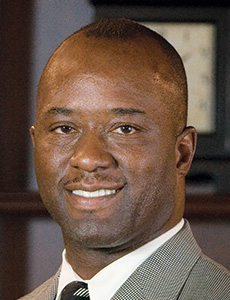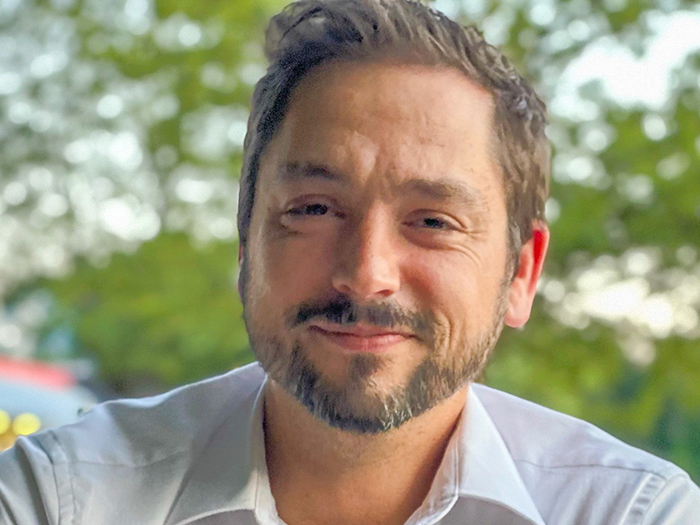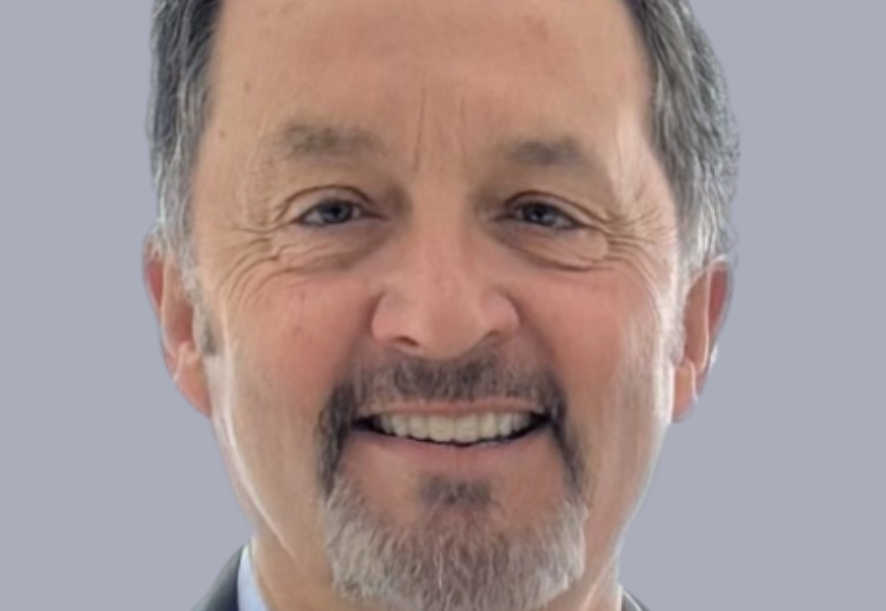Professional Lines: How the Latest Litigation Trends Are Leaving a Mark

The professional liability market has come under increasing pressure from the double whammy of eye-watering nuclear verdicts awarded by courts and rising social inflation.
Fueling this is a growth in claims pursued by aggressive, litigation-financed plaintiffs’ bars, stemming from the rise in cyber attacks, principally ransomware; environmental, social and corporate governance; and the likes of the #MeToo movement coming to the fore.
Among those caught in the crosshairs are law, architecture, accounting and engineering firms, with some court verdicts 50% higher in value than just five years ago.
“Certainly, these professional firms have been, and perhaps always will be, targets of ire from some corporate clients looking to transfer responsibility for economic losses and failed strategies,” said Tim Rowan, Marsh’s U.S. professions practice leader. “Suits against these professionals are often difficult cases to defend, involving a battle of experts that can lose the attention of the jury.”
The problem will be exacerbated by a backlog of pending lawsuits caused by the courts being forced to shut due to the COVID-19 pandemic.
As a result of all this, more than three-quarters of insurers providing professional liability coverage for architects and engineers are seeking rate increases this year, according to specialty broker Ames & Gough, in line with overall premium growth in professional liability over the last two to three years. Almost half of them are targeting rises for companies in states that have been historically considered higher risk or have an adverse loss experience, such as California, Florida, New Jersey and Texas.
Yet, there’s a silver lining, with adequate capital still available for these firms to build out the towers in their insurance programs.
Nuclear Verdicts Rising
The number of awards of more than $1 million has increased over time, reaching 12% of verdicts between 2016 and 2018, the MPL Association Data Sharing Project found. Additional data shows that the average verdict severity climbed by 50% between 2016 and 2019 to $23 million.

David Blades, associate director, A.M. Best
It’s not just nuclear verdicts that are on the rise either. There were 77 court-approved class action settlements in the U.S. totalling $4.2 billion in 2020, doubling in value from 74 settlements worth $2.1 billion in 2019, according to Allianz. The average settlement amount was also up 15% over the prior nine-year average at $54.5 million.
“These nuclear verdicts tend to be against the larger profile firms,” said Tom Monaghan, executive vice president of Ironpro, Liberty Mutual. “In the case of Fortune 500 law firms, that may quite easily be an eight- or even nine-figure value.”
Many of these cases center on contractual disputes with the client or owner, based on performance issues and negligence, or fraud allegations, often on the part of the clients. For law firms, the more severe cases involve allegations of conflicts of interest in securities or mergers and acquisitions.
With accounting firms. it’s mainly financial problems around audits, and for engineering firms the focus is on big highway projects. All of these cases have had the effect of financially impacting investors and incurring the wrath of many juries, with the blame being laid squarely on professional firms.
“When something catastrophic happens, standard of care as a guiding principle tends to break down when it comes to adjudicated outcomes,” said Mike Takigawa, head of commercial E&O Americas at AXA XL. “As we know, when working with jurors the emotional experience can very easily trump fact patterns and what we would deem as logical verdicts.”
All of this has resulted in increased claims frequency and severity. Worst affected are law firms, with severity up 25% to 50%, despite the current year’s frequency being down.
“The full effect of courts re-opening and the backlog being cleared still remains to be seen, but it could result in a greater frequency of nuclear verdicts, while severity may also likely increase,” said David Blades, associate director at A.M. Best.
“It may be a bit early to make any definitive statements about frequency trends over the past year, but severity is definitely trending adversely.”
Increasing Claims Costs
One area where claims costs have lessened, however, is in construction projects, with fewer opportunities for lawsuits as projects were sidelined until pandemic shutdowns were lifted last year. However, claims costs continue to rise in other engineering segments.
“Within engineering lines of professional liability, civil engineers have become subject to more personal injury litigation due to claims regarding auto accidents allegedly resulting from faulty road and highway design,” said Larry Moonan, executive vice president, chief operating officer of Berkley Design Professional.
“There seems to be an uptick in both claim frequency and severity. Likewise, mechanical engineers that have not been a risky line traditionally are seeing more claims that are related to allegedly deficient designs of heating/ventilation/air conditioning systems.”
Social inflation is on the rise too, driven by creative strategies employed by lawyers, a changing jury demographic, tort reform rollbacks, and the public’s growing dislike and mistrust of big business.
“Further magnifying the size of verdicts, litigation and inflation are growing the size of project values, which creates situations where project delays compound the complexity and size of claims,” said Doug Hamilton, senior vice president, Allied World North America Architects and Engineers Division.
“The use of the P3 design build and alternative project delivery structure, where design is not completed prior to award, creates inherent conflicts, driving up frequency, severity and disputes with multiple parties.”
Among those areas with the most potential to be affected by nuclear verdicts and social inflation are project-specific policies for architecture and engineering firms. This is because it’s a more challenging risk and the policy term tends to be for longer.
Economic Inflation Pressures
Economic inflation has added further pressure on architects and engineers pricing over the last two years.
“The effect is that insurance buyers are seeing a compound impact of that hardening,” said Moonan. “The arithmetic means that as long as claims costs accelerate, pricing will follow.”
Yet, despite several insurers pulling out of the market, there remains an abundance of capital available. This is being provided by those that have realized the current pricing environment as an opportunity to expand their existing offering or start new entities to capitalize on these higher rates.
“There’s an abundance of capital and capacity in all lines,” said Monaghan. “However, the providers are being more judicious about how they deploy that capital, watching the limits they offer, in reaction to firms’ loss histories.”
For law and accounting firms willing to pay the premium, limits of $500 million to $600 million are achievable. However, in terms of architects and engineers, limits have decreased to $5 million, $10 million, down from $20 million previously.
In response, some firms are choosing to retain risk rather than transfer it. About 75% carry less than $1 million in professional liability limits in their annual programs, while larger firms will typically take on $350 million-plus in limits. However, most insurers are willing to provide an incentive of a reduced deductible if they participate in alternative dispute resolution early on to settle a dispute.
Captives and other alternative risk transfer vehicles are also being used to provide higher limits. In addition, sophisticated mid- and large-sized policyholders are retaining 25% to 75% more risk in their self-insured retention programs than in previous renewals to offset the premium increase.
“In most areas, we are seeing an increase in limits purchased and higher self-retention or more reliance on private captives to cover the first layer of exposure,” said John Hall, founding partner of Hall Booth Smith, P.C.
“These retention and captive moves are coming as premium dollars on primary and excess insurance or reinsurance are increasing 15 to 25% annually, with those types of increases likely to continue next year.” &










